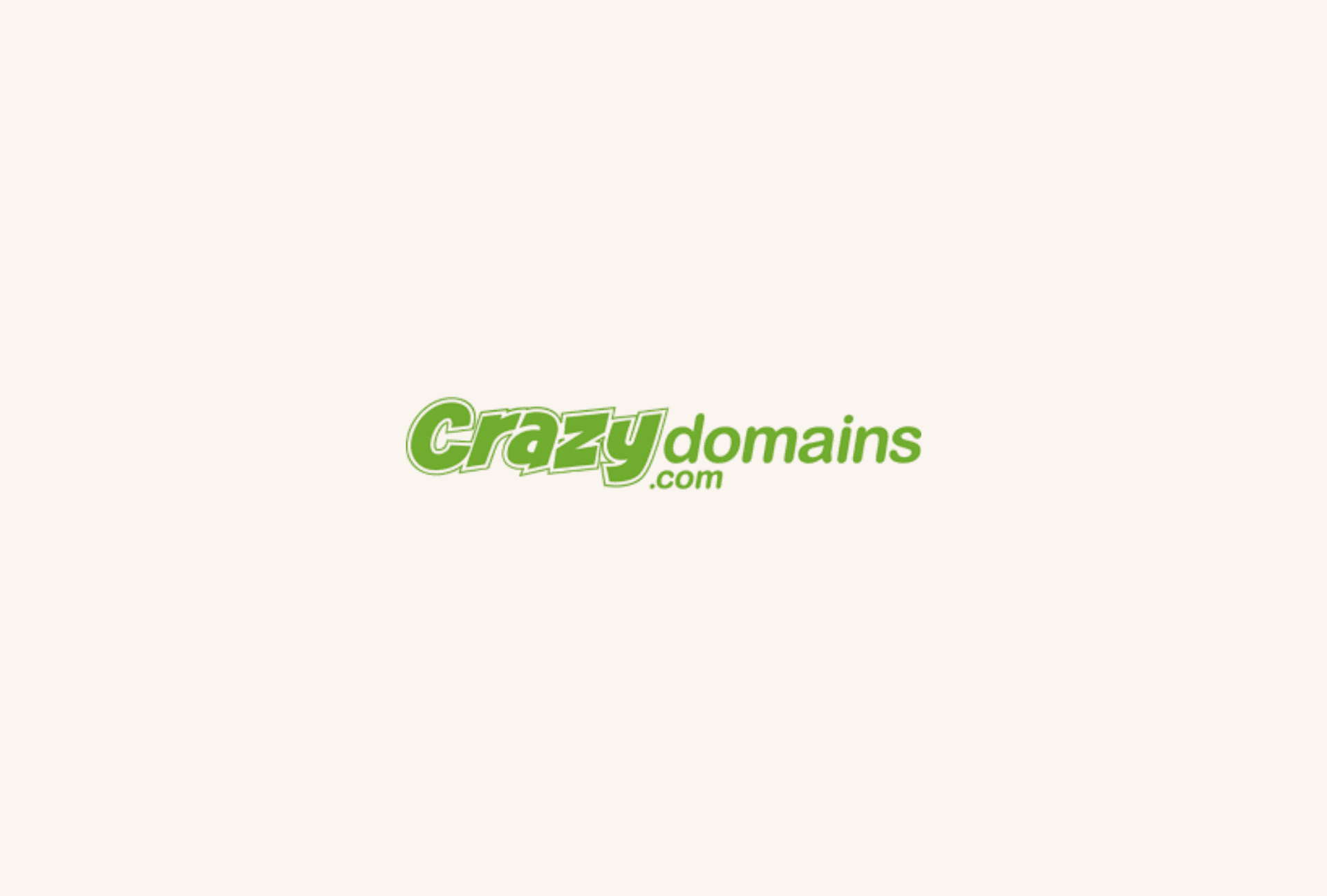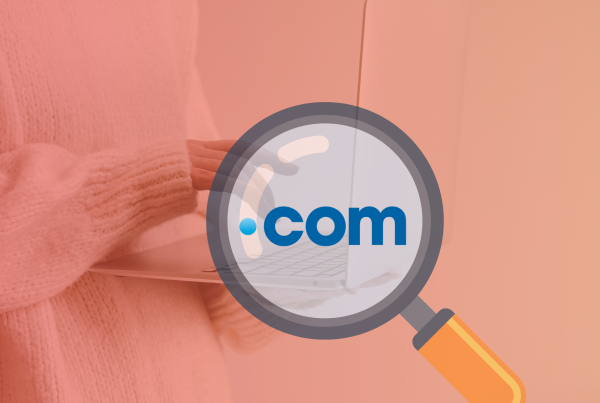Updated: 27 November 2025 • 8 minutes Read
As you build your website, you may come across the term URL masking — a technique that hides the actual URL of a web page while displaying a different one in the browser’s address bar. While this may sound useful for branding or link management, it comes with technical nuances and potential SEO risks.
Explore this guide to learn more about URL masking, its pros and cons, and safer alternatives for managing your URLs.
If you’re still exploring domain basics, check out our guide on what a domain name is to understand the foundations of web addresses.
What Is URL Masking?
URL masking (also called URL cloaking) is the process of making a web address appear differently in the browser bar than the page’s actual location.
For example, you could have www.example.com appear in the address bar, while the underlying content is hosted on www.otherdomain.com/page1.
The main purpose is usually to simplify URLs for branding or redirect purposes, but the method you use matters significantly for performance and SEO.
How URL Masking Works
URL masking typically uses one of these methods:
- HTML iFrame Masking
A new page loads an iframe displaying the target URL. Visitors see the main domain, while the content inside the iframe displays the destination website.
Pros: Easy to set up
Cons: Bad for SEO, often breaks navigation and scripts - Masked Domain Forwarding
Some domain registrars offer a “forward with masking” feature. This loads the destination website while hiding its real URL.
Pros: No coding required
Cons: Most search engines don’t index masked content properly - Reverse Proxy Masking (Advanced)
A server-side method where content is pulled from another domain but served through your own.
Pros: Best for performance, full control, SEO-friendly when configured right
Cons: Technical setup required (Nginx, Apache configuration)
Choosing the right domain is essential. Not all domains perform the same for branding or SEO — you can compare options in our guide on COM, PH, and which domain is right for you.
Pros and Cons of URL Masking
Pros:
- Branding consistencyYour domain remains visible, which can support brand recognition.
- Simplified linksMasked URLs can be shorter and easier to share.
- Flexible content displayUseful in certain technical scenarios where content is hosted elsewhere.
Cons:
- SEO issuesMasked content often doesn’t get indexed properly. Search engines may treat it as duplicate content.
- Broken functionalitySome scripts, forms, or analytics may fail in masked frames.
- Reduced trust signalsUsers may hesitate to click on links that don’t show the actual destination.
Important: Most SEO experts recommend against URL masking if your goal is to rank content or improve domain authority.
When Should You Use URL Masking?
URL masking is appropriate when:
✓ You want to brand a long or unattractive line
✓ You need a temporary solution while migrating to a new site
✓ You’re linking to a third-party platform
✓ You want a simple forwarder for marketing materials
Examples:
- Short vanity URLs for offline posters
- Custom domain for a third-party shop (e.g., Shopee, Lazada store)
- Using your own domain for social profiles or affiliate links
When YOU SHOULD NOT Use URL Masking
Avoid URL masking if:
✘ You want to rank the page in Google
✘ The content needs crawling and indexing
✘ The target site has interactive features like forms, scripts, or login areas
✘ You’re masking an affiliate link in a deceptive way
✘ You’re masking content users expect to navigate
For SEO, URL masking is not recommended. Instead, use:
- 301 Redirects (preferred by search engines)
- URL shorteners
- Custom branded links
How to Do URL Masking Properly (Step-by-Step)
Below are the safe and correct approaches depending on your setup.
Method 1: Masking via Domain Registrar (Easy)
Most domain providers have a setting like “Forward with Masking”.
- Log in to your domain dashboard
- Select the domain you want to mask
- Choose Forwarding > Forward with Masking
- Enter the destination URL
- Add your meta title, description, and keywords
- Save changes
✔ Best for beginners
✘ Not SEO-friendly
Method 2: iFrame Masking (Beginner / Manual Option)
Create an index.html file:
| <!DOCTYPE html>
<html> <head> <title>Your Custom Title</title> <meta name=”description” content=”Your page description”> <meta name=”keywords” content=”your, keywords, here”> </head> <body> <iframe src=”https://yourdestination.com” style=”width:100%; height:100vh; border:0;”> </iframe> </body> </html> |
Upload it to your server or hosting control panel.
✔ Simple setup
✘ SEO issues
✘ Some sites block iFrame loading
Method 3: Reverse Proxy Masking (Best Practice for SEO)
This method pulls content from another server but serves it as if it were yours.
Example (Nginx):
| location / {
proxy_pass https://destinationwebsite.com; proxy_set_header Host destinationwebsite.com; } |
✔ Most reliable
✔ SEO compliant if configured properly
✘ Requires hosting + technical knowledge
URL Masking vs. URL Forwarding: What’s the Difference?
Feature |
URL Masking |
URL Forwarding |
Shows original domain |
Yes |
No |
SEO-friendly |
No |
Yes (301 redirect) |
Technical difficulty |
Easy–Advanced |
Very easy |
Recommended for branding |
Yes |
No |
Best for long-term use |
No |
Yes |
Best Alternatives to URL Masking
If your goal is branding or link management, these alternatives are safer:
- Branded Short URLs
Use services like Bitly, Rebrandly, or your own custom short domain.
- 301 Redirects
Tell Google the page has permanently moved — the safest for SEO.
- Subdomains
Example: shop.yourdomain.ph → points to your store’s platform.
- Custom Storefront Pages
Use your domain to embed or link to the external platform in a natural way.
How NaksDomain Can Help
As a domain and hosting review site, NaksDomain recommends you domain registrar and hosting provider to ensure both usability and SEO benefits.
| URL masking can improve user experience and brand consistency, but it starts with a reliable domain registrar. A good registrar helps you manage, forward, and mask your domains effectively. Check out our recommended domain registrars to secure and manage domain names that support a professional, consistent online presence. |
Domain Registrar |
Trustpilot Rating |
|
Porkbun |
4.8 Stars |
|
Spaceship |
4.4 Stars |
|
Z.com |
4.3 Stars |
Should You Use URL Masking?
URL masking may seem convenient for certain scenarios, but it comes with notable SEO and technical risks. For most businesses, alternatives like redirects, branded links, or proper subdomains are a safer choice.
By understanding the pros and cons of URL masking and using it cautiously, you can make informed decisions about your web presence while protecting your site’s performance and search visibility.
Topics: Domain
Don’t forget to share this post!


